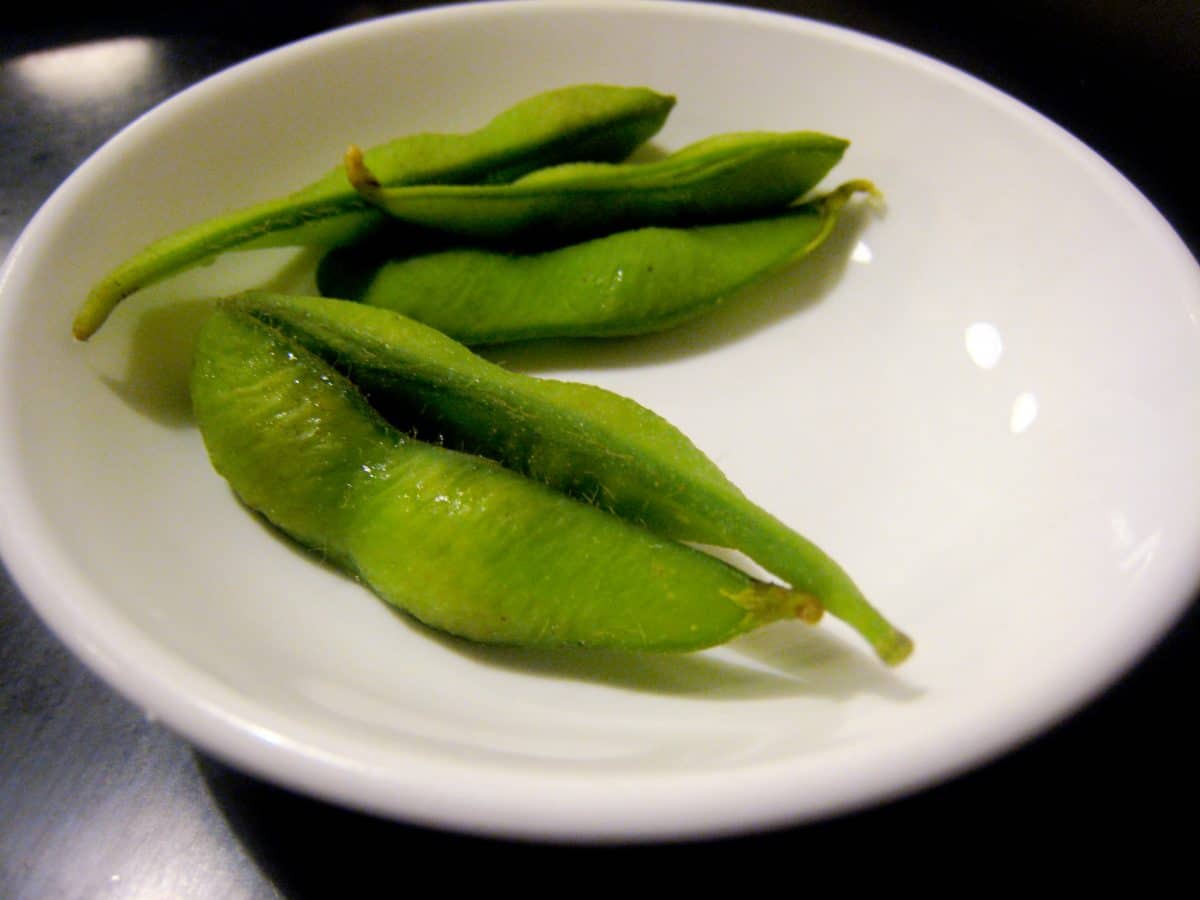Soybeans, originally from East Asia, are versatile legumes.
Soybeans are used in products ranging from soy milk, cheese, flour, and jam, to miso, tofu, oil, and soy sauce. They also serve as emulsifiers in many processed foods and have applications in non-food items like soaps and plastics. Soybean pods have a distinct fine fuzz and can be tan to black, while the beans can be red, yellow, or black. Pre-soaked soybeans, rich in protein but low in carbohydrates, are excellent additions to stews, soups, and casseroles. It’s important to note that raw soybeans should not be consumed in large quantities due to the presence of natural toxins and antinutrients.
Introduced to America in the mid-eighteenth century, soybeans were first used as forage. However, their vast potential was tapped only in the 1920s. In the 1970s and 1980s, they were mainly consumed by Asian-Americans, Seventh-Day Adventists, and vegetarians. By the start of this century, 70 million acres were designated for soybean farming, with 70% used for animal feed. Soybeans, along with corn and wheat, are among America’s three major cash crops.
Edamame, steamed immature soybeans usually salted and served with condiments, are popular snacks or side dishes.
They’re low in calories and carbohydrates but packed with fiber, proteins, omega 3 and 6 fatty acids, and essential vitamins like B6, E, thiamin, riboflavin, and niacin. Consuming soybeans might reduce the risk of certain cancers and promote cardiovascular health.
Try the recipe for Udon Noodles with Edamame and West Africa Peanut Sauce by Chef JJ Johnson.

